I first discovered anime in the '70s and like many who grew up in the '80s, watched "Voltron", "Robotech" and not knowing it was anime.
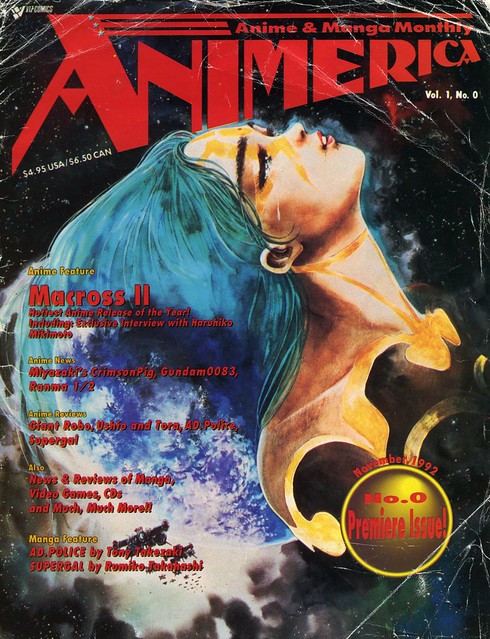
But my first true introduction and how I became an anime fan was back in the early '90s, as I bumped into a high school friend at a local magazine shop. I was there to pick up a few comic books and he was there to pick up "Animerica" Issue #0. He told me about anime and although I've heard of Japanese animation, my only memory of anime was what I grew up with when I was younger. But he cajoled me to purchasing the first issue and also to come by his place, because he and his girlfriend were big fans of a recently fan-subtitled series known as "Ranma 1/2".

I watched it and immediately, I was hooked. I wanted more, and this led me to the local anime club "Otaku Generation" which was based in Fresno, California and also were collaborating with the Bay Area's No Name Anime at the time.
Eventually, I became very interested in anime after "Ranma 1/2" and started watching other Rumiko Takahashi anime series, then "Video Girl Ai" and going to the video store and checking out what I could rent such as "Bubblegum Crisis". I was addicted, and next thing you know, I was purchasing a LD player, buying everything from Animeigo, Pioneer, etc.


And in 1993, I created a BBS known as NT2099 which was dedicated to anime and Japanese pop culture.
Through the BBS, I was able to meet many friends from all over the country and because of the BBS at the time, I would write about anime conventions and report about it on the various anime message boards. I first attended my anime con in 1993 as a member of the press and continue to this day, covering anime conventions as a member of the press.

In 1994, because the translators of Otaku Generation were the translators at Anime America, I was able to get my first Japanese interview with Akemi Takada and also be part of the party held for Takada-san and Go Nagai (which you can find on YouTube). This interview would actually inspire me to interview more people from Japan and had no idea, it would become a big part of my life years later.
Although my con reports and anime/manga reviews were pretty much BBS/message board related back then, it led to anime companies contacting me and allowing me to take part in licensing and acquisition for a start-up anime company (which is still around, but unfortunately not sure how much longer). Granted, it was more of giving a list of titles, giving my opinions of why and then this company trying to get the license for North American distribution.
Meanwhile, as the BBS was doing well in the early '90s, I was starting to go online via the Internet and it allowed me to strengthen my network ties with people in the anime industry but also the anime press side. Establish relationships with other people involved in the entertainment industry in Japan and eventually, would work with Byron Kidd who ran Bonsai's J-Pop Page and a few others who helped me bring the nt2099 (which was now known as J!-ENT) to the Internet. This time around, the site would primarily feature Japanese entertainment as a whole.
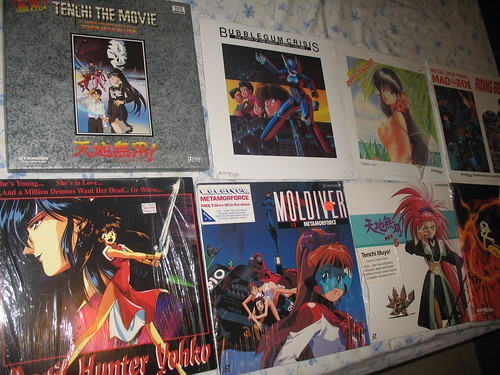
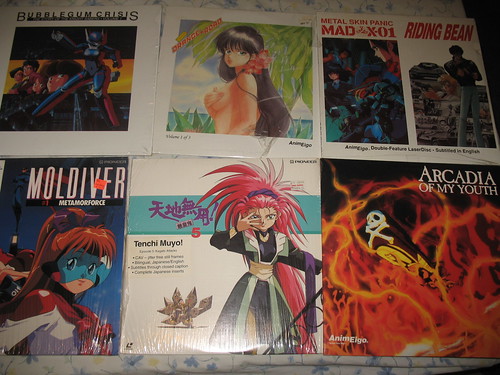
As for our fandom, me and a few friends would have anime trips to San Jose, San Francisco and Berkeley to fulfill our anime and manga needs (at the same time, we had friends who worked at the UC Irvine store to share some LD's they recently bought and we would join up every month or so to hang out).
While in SF, in Japantown, there was a store who would sell video tapes of recorded TV shows and I would pick them up as they would have anime, sentai and also a music show or variety show and that would peak my interest in not just anime but Japanese pop culture and variety of entertainment, including Japanese dramas.
By 1996, I still watched a lot of anime but because I discovered a Japanese video rental store nearby, I was watching a ton of Japanese shows...anime, variety, drama and writing about it. Also, I was now running the new J-Pop and Japanese drama mailing lists.
Eventually, the reports became popular and caught the attention of several journalists from the Daily Yomiuri and a few Japanese publications as the "American who watches a lot of Japanese television". Lol...
I was then writing for Asian Pacific Review, a college newspaper at California State University, Fresno and in 1997, I became the Editor-in-Chief, I changed the whole format of the newspaper as I was influenced by anime and Japanese magazines.
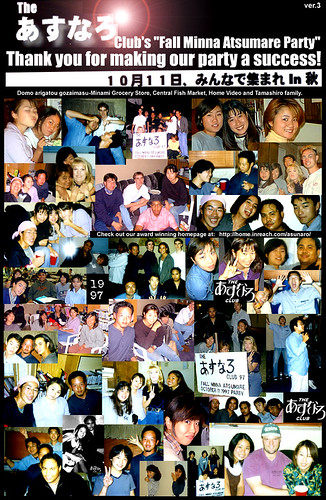
I also created a new club known as "The Asunaro Club" which was inspired by the anime clubs of the past, but this time, we would all watching anime, music shows, Japanese dramas, etc. and it also encouraged the Japanese students to have English conversation partners and also for all of us try various Japanese food.
But I took advantage of this opportunity to build my relationship with major TV and movie companies. And would feature interviews primarily with Asian celebrities but would also spotlight interviews with anime and J-Pop talent.
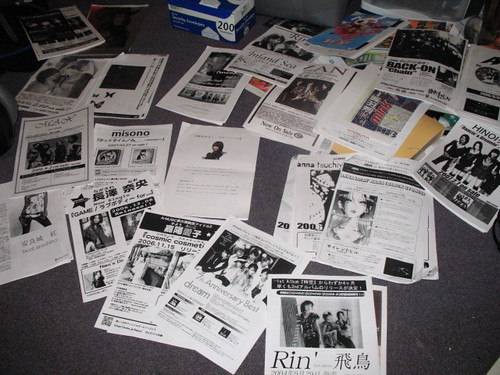
By the time I graduated from college in 1999 through 2000, J!-ENT was being featured in various anime-related magazines for our cover of J-Pop and Japanese dramas (not so much anime as there better sites geared to anime coverage) and by then, we were the non-print magazine that were securing a lot of the interviews with J-Pop talent and a lot of artists who were singing the anime theme songs as well.
With the anime companies, it was rather interesting because on one side for America, we were reviewing the anime but in Japan, they were contacting us in hopes we can review the anime in Japan (which they would hope would catch attention to those who license anime in the US).
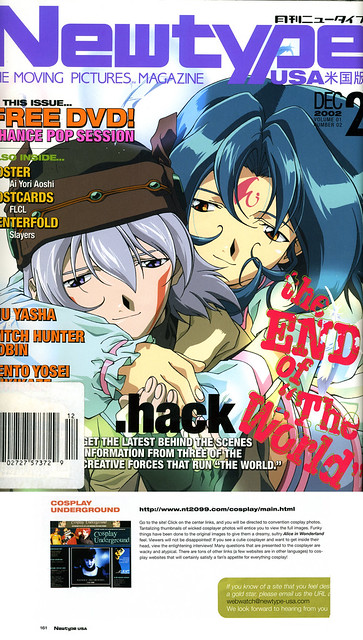
After a five-year hiatus from anime conventions, I started attending once again in 2001 and surprised to see how anime conventions have changed and the growing popularity of cosplay. It was a one-year project but it received quite a bit of press. But if anything, cosplay from the '90s and cosplay today...it's one thing to say cosplay has exploded and it seems that is what most people go to an anime convention for these days.
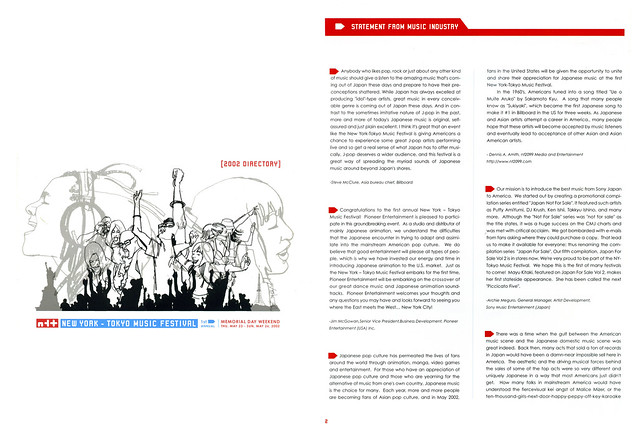
In 2002, it was a big step as several of us working hard to bring popular Japanese music artists and bands to the United States and for those who attend anime conventions now and see a major Japanese label band or artist appearing at the event. It all began with all the work that many people put into the New York-Tokyo Music Festival, the first major music festival that would bring the major Japanese music labels from Japan to test things out in the USA. And this would get the ball rolling as anime convention promoters took advantage of this event to create relationships with the Japanese music labels who attended NYTMF, these individuals would later capitalize in bringing major artists to other anime conventions and thus, music becoming a big part of an anime convention.

In 2003, a few of us from J!-ENT's Cosplay Underground started our own mini-anime convention ala a 6 hr. test event known as "ANI-JAM" and decided it would be in the place where I first discovered anime...Fresno, California. A small event but because of my relationship with the anime industry, these companies went all out to make sure that this event was a success. And sure enough, for a one day, 6-hour event, it brought in about 500 people from around the state which surprised the heck out of us. But it was a positive sign that an anime convention would work in that area. And although I am not involved with Ani-Jam any loner, the people running it have made it a full-fledged convention and host a convention every August.
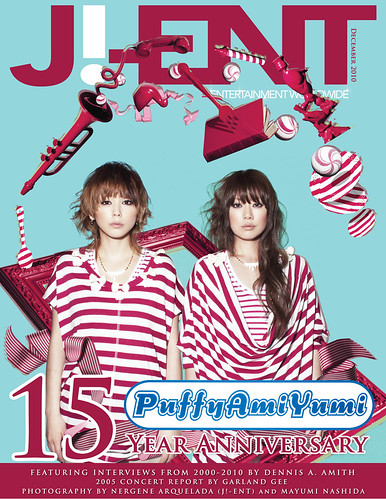
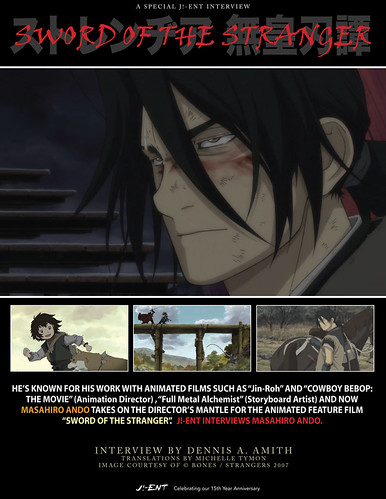
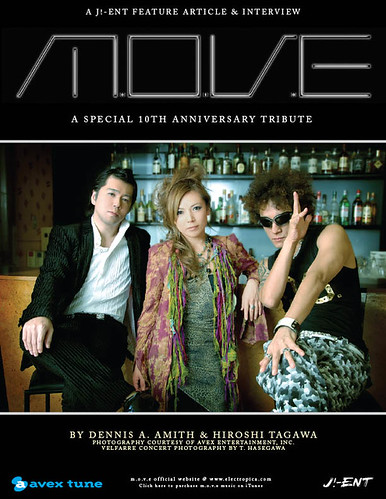
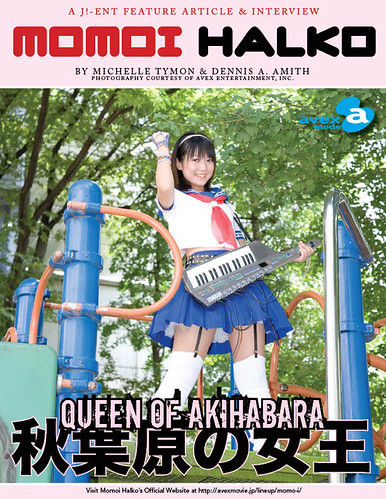
As for J!-ENT, we continued to cover anime conventions all over the country and sometimes events in Japan. We have been fortunate to being one of the few American websites to get exclusives with Japanese artists and also with a few in the anime industry. I would also become a consultant for several events and anime conventions in the US but also in Europe and South America, mainly as a middleman by establishing relationships with the Japanese companies with the event/con promoters.
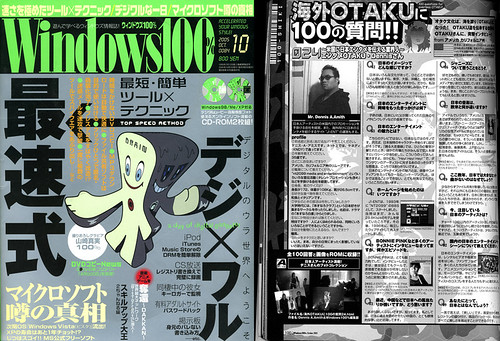
And along the way... somehow or other, I have received the reputation in Japan as the "ongaku otaku from the United States" (not sure if that's a good thing or bad thing...lol). Well, I know Danny Choo (who also appeared in later issue) is more otaku, but I guess...I'm with good company. I guess it's maybe better than the "American who watches a lot of Japanese television".
Around 2010, I noticed a change in Japan towards bringing entertainment in the United States. Their focus became more towards Europe and Asia and as I saw the loss of support towards the US from Japan on the musical end, I also noticed the anime industry going through major changes which is still ongoing today.
But in 18-years-later, J!-ENT has changed a lot. I am no longer the young 20-year-old who would attend many anime club meetings or conventions. In fact, I have our staff covering those events for me, while I attend them once in awhile.
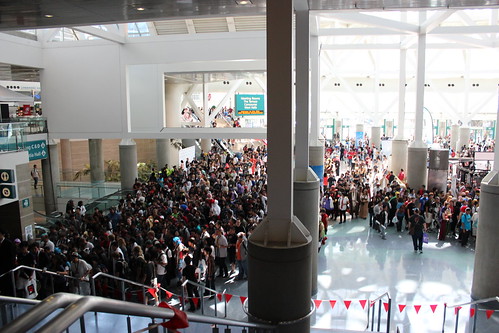
The excitement I had for anime conventions...the fun I had back in the '90s...those days are gone. Anime conventions have changed so much...it seems to be less about the anime these days. And they are so darn crowded. I went to Anime Expo last year, and it was my first time I have been there since 2000 and prior to that was in the early '90s.
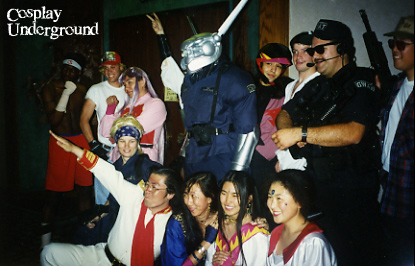
Back then, I can easily count the number of cosplayers on my fingers.
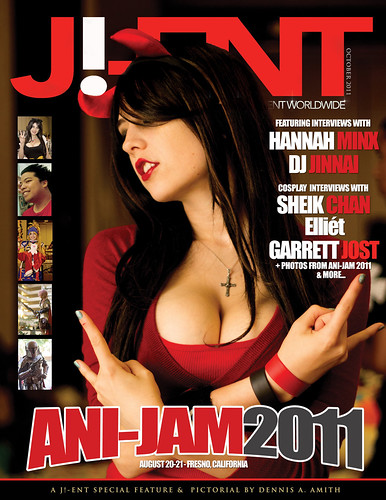
But once in a blue moon, I do cover a smaller event and meet people who have never been to an anime convention and at these smaller locations, I love to cover them because I see that excitement in their eyes. It's like that same positive vibe I had back in the '90s. Although these cons are much smaller than AX or other mid-size anime cons, these people don't care. They are having fun! And anime still has its part with these events, granted all anime cons are more driven towards cosplay it seems but these cosplayers are also different...more patient and have good manners. No overcrowding either, which was great!
And as for anime and manga....since 1993 to now, I'm still reviewing anime and manga, still watching it, reading it and while many of my friends (including my wife who used to come to anime conventions and club meetings with me) have completely stopped, I haven't.
Overall, I'm just grateful to have been part of something so amazing and to see it grow, but also to meet and grow with fantastic people, friends from all over the globe. Anime not only had a big impact on my life and career but I got so much out of it. And to this day, even though J!-ENT covers mostly entertainment and pop culture worldwide, we still include anime and manga coverage. I've supported the industry and my love for anime/manga for nearly 20-years, I think I can continue doing it for another 20-or-more.
Anyway, it's very early in the morning and I need to get some sleep but I thank Daniel for inviting me to the Aging Otaku Lounge and I look forward to corresponding with many of you.
Thanks for reading!
- From a 40-year-old aging fan!